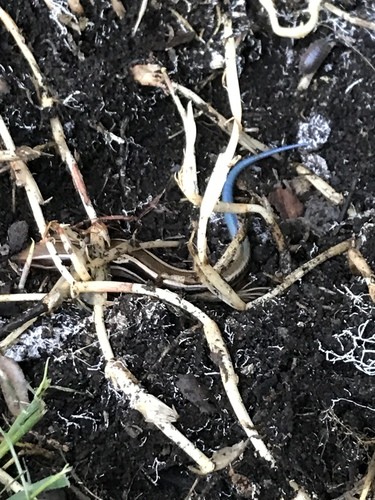Western skink
A species of Skinks, Also known as Great basin skink Scientific name : Plestiodon skiltonianus Genus : Skinks
Western skink, A species of Skinks
Also known as:
Great basin skink
Scientific name: Plestiodon skiltonianus
Genus: Skinks
Content
Description General Info
Description
The western skink (Plestiodon skiltonianus) is a species of small, smooth-scaled lizard with relatively small limbs. It measures about 100 to 210Â mm (about 4 to 8.25 inches) in total length (body + tail). It is one of five species of lizards in Canada. They spend much of their day basking in the sun. Their diet ranges widely, including spiders and beetles. Western skinks will bite if grasped and will flee if they feel threatened. It is...
General Info
Lifespan
6-10 years
Diet
Western skink exhibits an omnivorous diet, primarily feeding on invertebrates. They show a strong preference for insects, especially beetles and spiders. Their diet also includes plant matter such as berries and seeds in smaller quantities.
Appearance
Western skink is a medium-sized skink with a smooth, glossy body. Its skin ranges from grayish-blue to brown. A bold stripe from head to tail, varying from yellow to white, starkly contrasts with the darker color of the body. Younger western skink are characterized by striking blue tails. This feature fades as they mature, leaving adults with uniform coloration. Males boast brighter coloration during the spring mating season.
Behavior
Western skink is a diurnal reptile, active during daylight hours and reliant on warmth for energy. It is predominantly solitary, interacting with others only during mating season. This species displays territorial behavior, using scent marks to delineate boundaries. Western skink is a skilled climber and forager, hunting insects in shrubs and trees, and it hibernates in winter, escaping harsh conditions underground.
Population
Stable
Scientific Classification
Phylum
Chordates Class
Reptiles Order
Lizards and snakes Family
Skinks Genus
Skinks Species
Western skink 